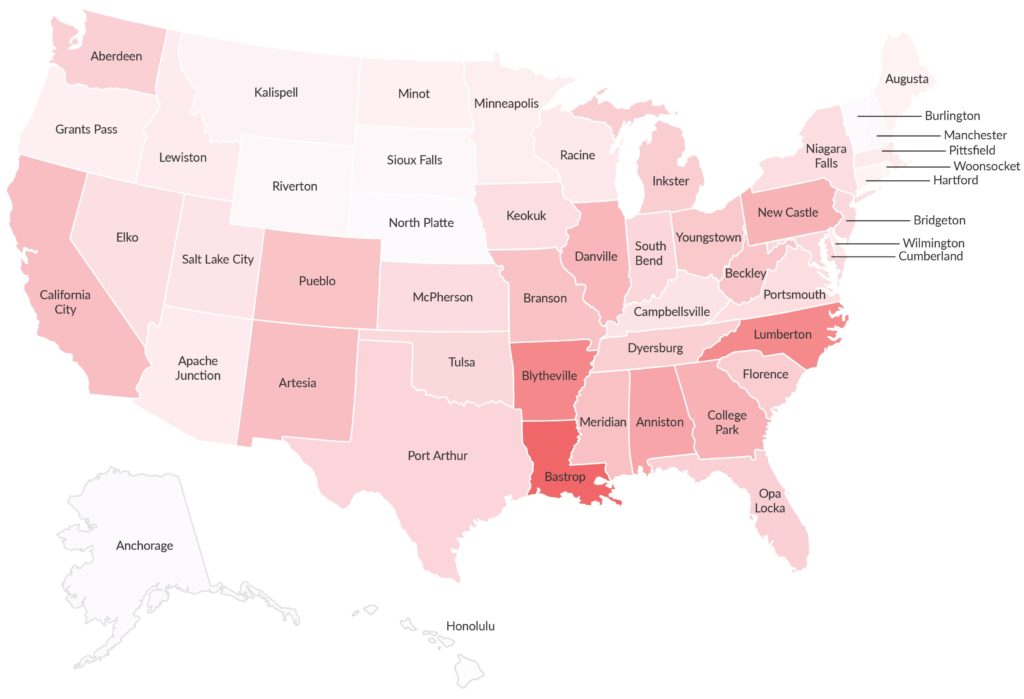When you hear the word “burglar,” you might picture a cat burglar in all black who sneaks into your house and spirits away your most expensive possessions. But how does that image compare to the reality of most burglaries? We did some research to find out. Here are some of the most common misconceptions about home burglaries.
- Thieves only take large, expensive items.
Of course, many thieves take expensive electronics like TVs, computers, smartphones, and Blu-Ray players. However, others are interested in items like credit cards, passports, checkbooks, and social security cards or birth certificates. They can use these smaller items to steal your identity and break into your bank account.
- Pets alone can protect your property from thieves.
“Beware of dog” signs and a fenced-in front yard might persuade a lazy burglar to move on to a less-well-defended house. However, if a smaller pet like a cat or a bird surprises a burglar mid-theft, the thief might lift the pet along with your other valuables. The burglar may also attack the pet to silence it.
- Safes effectively safeguard your valuables.
Storing valuables in a safe is a good instinct. However, if your safe is under the bed, in the closet, or behind a wall painting, an experienced burglar will target it immediately—and if the thieves can’t unlock the safe, they might just carry it with them. If you have a safe, secure it to the floor or wall and place it somewhere a thief is unlikely to look.
- Leaving a light on deters burglars.
When you go on vacation, you might be tempted to leave the light on in one room to make it seem as if you’re home. But leaving only one light on for days in a time actually signals that you’re away. Instead of leaving one room lit, purchase a timer that turns your home’s lights on and off on a schedule. You can find these helpful devices at your local hardware store.
- Burglaries only happen at night.
Many burglars strike during the day when they assume you and your family members are away. In fact, according to Lt. Robert Duvall of the Las Vegas Police Department, most break-ins occur in daylight hours when family members are at work or school. Secure your home as well during the day as you would at night.
- Your neighborhood is immune to theft.
According to the FBI, one in every six homes in the United States will be burglarized this year. Even if you live in a safe neighborhood, you aren’t exempt. If a burglar knows people in your area feel safe enough to leave their doors and windows unlocked, they could target you.
Do you have your own experiences with any of these misconceptions? Or do you have some to add? Please share in the comments!


